What is Visual kei?
23:52 Oct 20 2007
Times Read: 1,212
Visual kei
From Wikipedia, the free encyclopedia
• Find out more about navigating Wikipedia and finding information •Jump to: navigation, search
Malice Mizer, an example of visual kei during the 1990s.Visual kei
Stylistic origins: J-rock • Glam-rock • Punk
Cultural origins: Japan • Goth
Typical instruments: Guitar, bass, drums, keyboards
Mainstream popularity: Mostly within Japanese independent scene; some followings across the globe
Subgenres
Angura kei, ero guro, nagoya kei, oshare kei
Other topics
List of visual kei artists
Japanese popular culture • Gothic Lolita
Visual kei vijuaru kei?, lit. "visual system, lineage, group")refers to a movement among Japanese musicians, that is characterized by the use of eccentric, sometimes flamboyant looks. This usually involves striking make-up, unusual hair styles and elaborate costumes, often, but not always, coupled with androgynous aesthetics. Some sources state that Visual Kei refers to a music genre, or to a sub-genre of J-rock (a term referring to Japanese rock in general ), with its own particular sound, related to glam-rock, punk and metal, and with strong emphasis on its unique style of dress; and some sources state that Visual Kei's unique clothing and make-up fashions, and participation in the related sub-culture, is equally as important as the sound of the music itself in the use of the term.
Popularity
Visual kei has enjoyed popularity among independent underground projects, as well as artists achieving mainstream success, with influences from Western phenomena, such as glam, goth and cyberpunk. The music performed encompasses a large variety of genres, i.e. pop, heavy metal and electronica. Magazines published regularly in Japan with visual kei coverage are Arena 37°C, Fool's Mate and Shoxx. Noted bands who at least at some point sported a visual kei theme include Dir en grey, Luna Sea and Malice Mizer.
Popularity and awareness of such groups outside of Japan is sparse, but has seen an increase in recent years. While the successful X Japan launched an attempt to enter the international market as early as 1992, it would still take another decade until live concerts and regular domestic releases by visual kei themed bands in Europe and North America came to pass.
History
Visual Kei emerged in the late 1980s, pioneered by the band X Japan. along with others such as D'erlanger and Color, who are regarded as influencing the fashion and music associated with Visual Kei bands. X Japan's drummer Yoshiki Hayashi used the term to describe the band's slogan "Psychedelic Violence Crime of Visual Shock".
Color vocalist "Dynamite Tommy" formed his record company Free-Will in 1986, which has been a major contributor in spreading modern Visual Kei outside Japan.
In 1992, X Japan launched an attempt to enter the European and American markets, but it would take another 8 years until popularity and awareness of Visual Kei bands would extend worldwide.
In the mid 1990s, Visual Kei received an increase in popularity throughout Japan, when album sales from Visual Kei bands started to reach record numbers. The most notable bands to achieve success during this period included, X Japan, Glay, Luna Sea, and L'Arc-en-Ciel, however a drastic change in their appearance accompanied their success.
During the same period, bands such as Kuroyume, Malice Mizer, and Penicillin, gained mainstream awareness, although they were not as commercially successful.
By 1999, mainstream popularity in Visual Kei was declining, X Japan had disbanded, and the death of lead guitarist Hideto Matsumoto in 1998 had denied fans a possible reunion. It wasn't long before Luna Sea decided to disband in the year 2000, and L'Arc-en-Ciel went on a hiatus the same year.
In 2007 the genre has been revitalized, as Luna sea announced they would perform a one-off performance, and X Japan announced they would reunite. With these developments, Visual kei bands enjoyed a boost in public awareness, described by the media as "Neo-Visual Kei".
Harajuku, cosplay and gothic lolita subcultures
Visual kei is associated with Harajuku, especially those who gather on "Jingu Bashi" (“Jingu Bridge”), a pedestrian bridge connecting the bustling Harajuku district with Meiji Shrine." In attendance one will find Visual kei cosplayers (those dressed as their favorite bands) and those in the subculture known as Gothic Lolita based on Lolita fashion.
Often fans of such bands also will dress up for concerts, meet ups, and other events where they'll see other people who enjoy Visual Kei.
Visual kei
Stylistic origins: J-rock • Glam-rock • Punk
Cultural origins: Japan • Goth
Typical instruments: Guitar, bass, drums, keyboards
Mainstream popularity: Mostly within Japanese independent scene; some followings across the globe
Subgenres
Angura kei, ero guro, nagoya kei, oshare kei

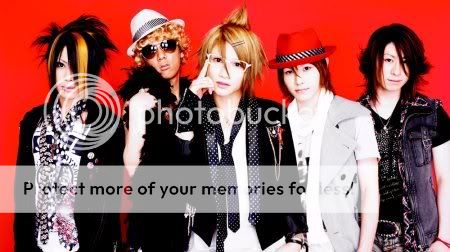

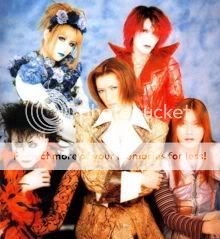
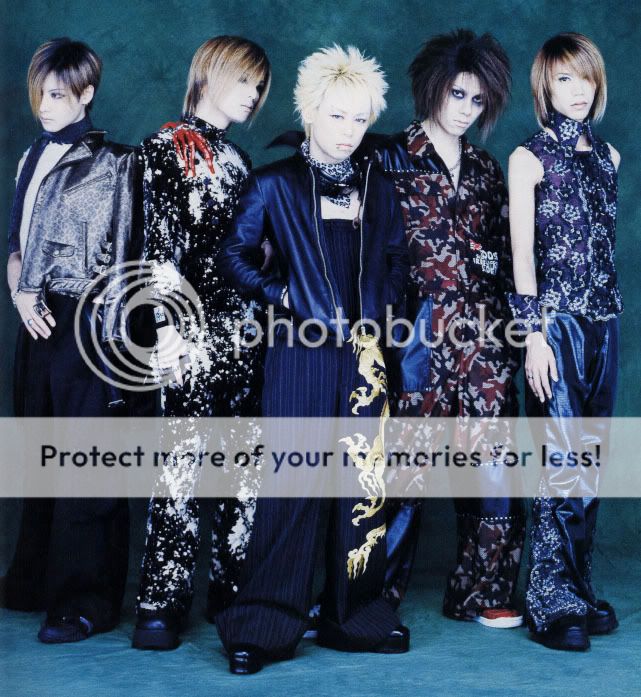
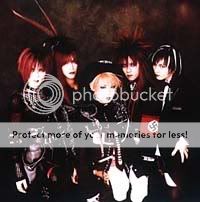

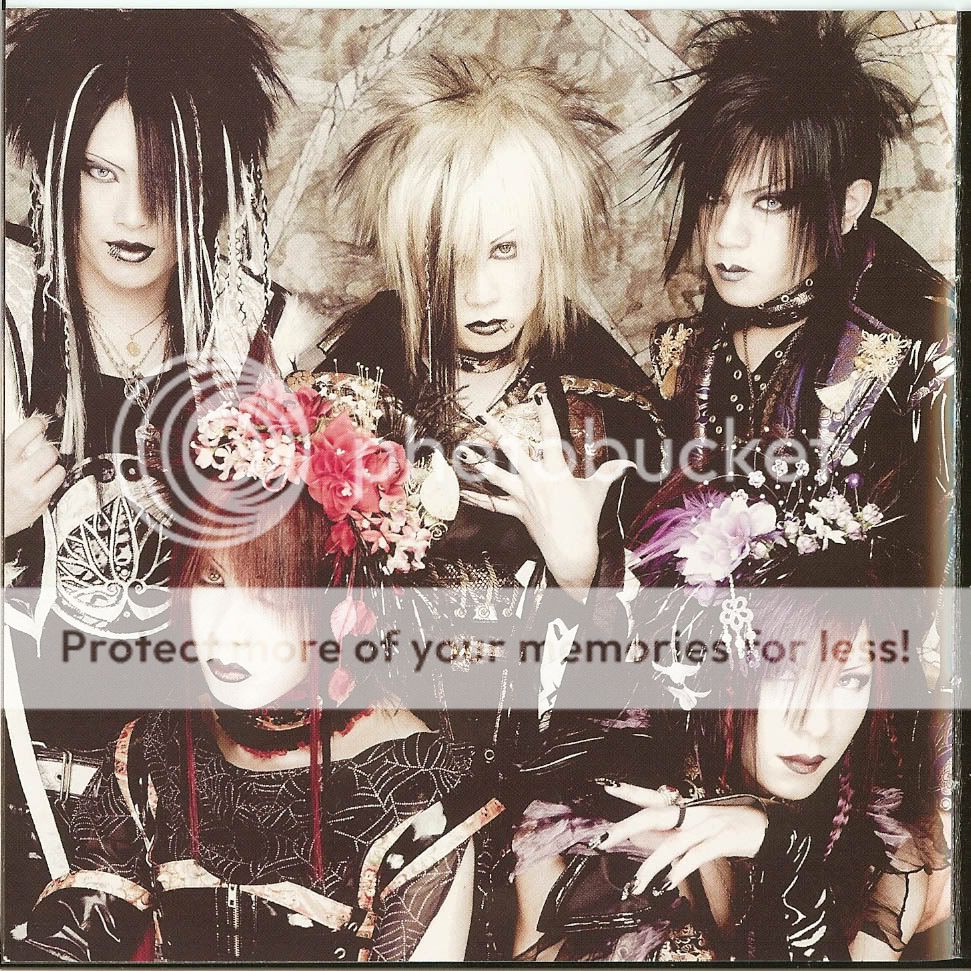
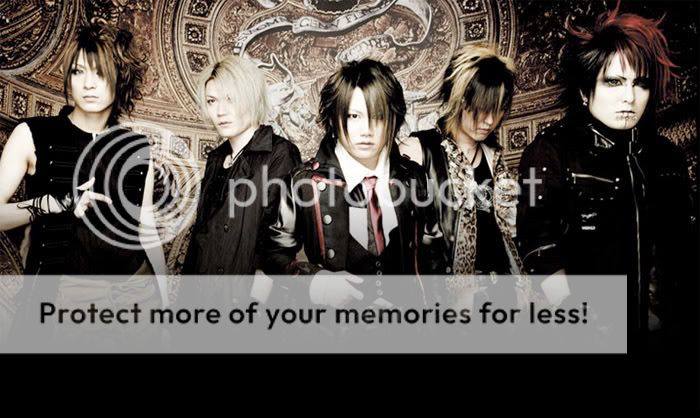
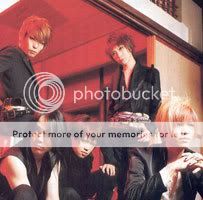
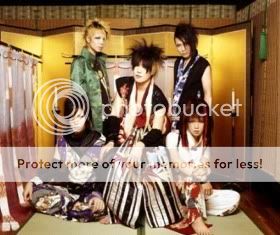
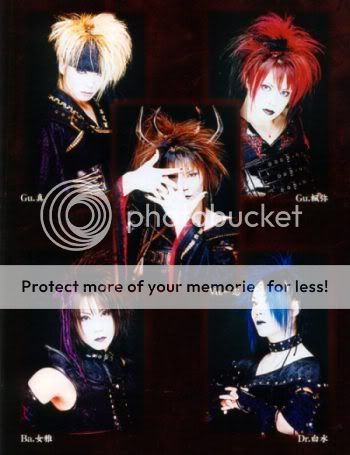
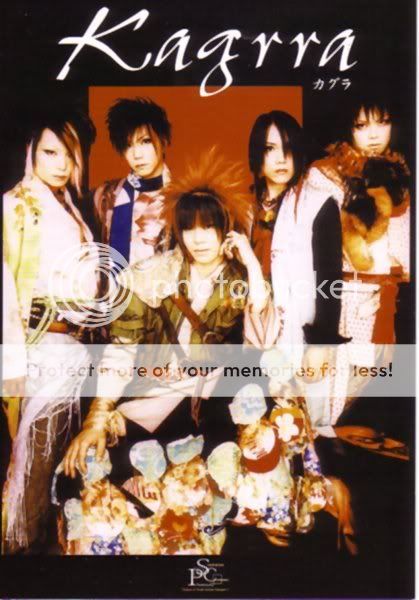
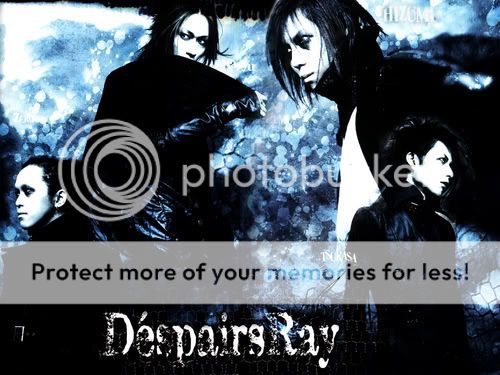
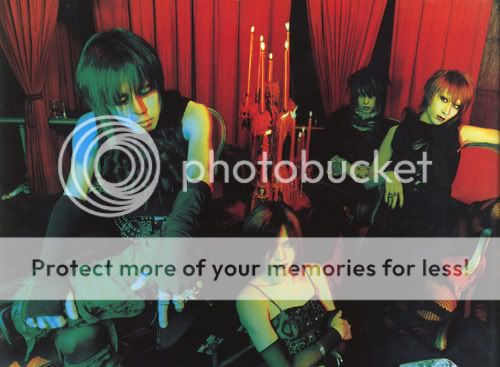
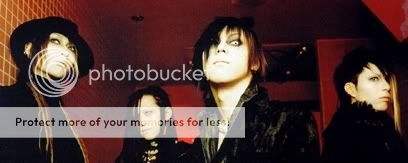
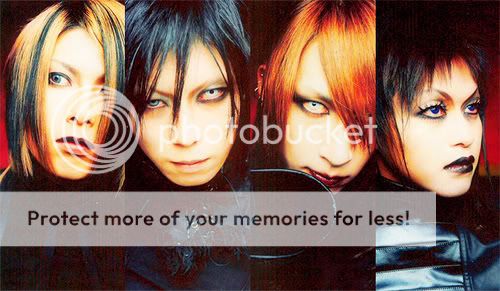

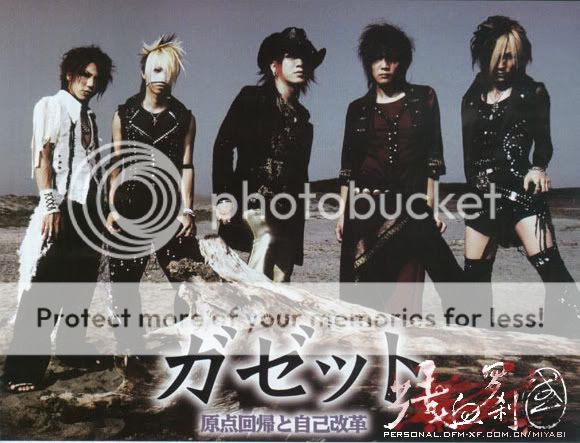
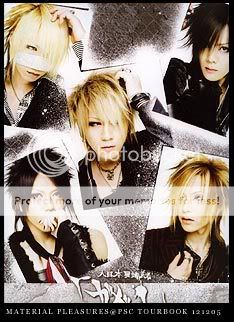

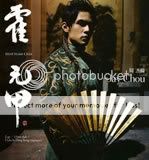
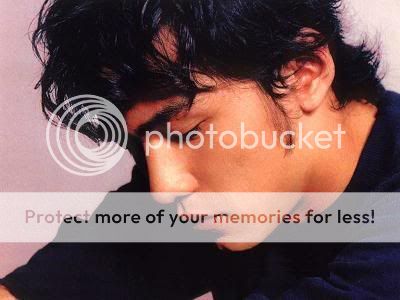
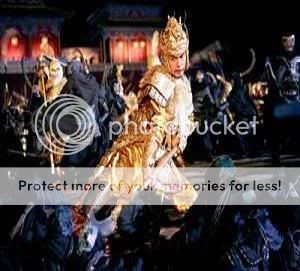
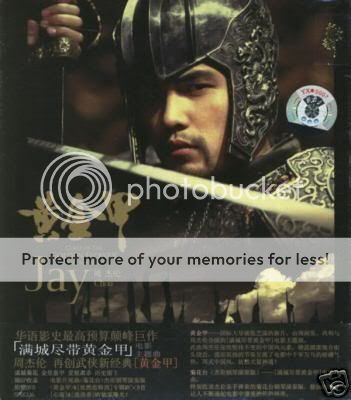
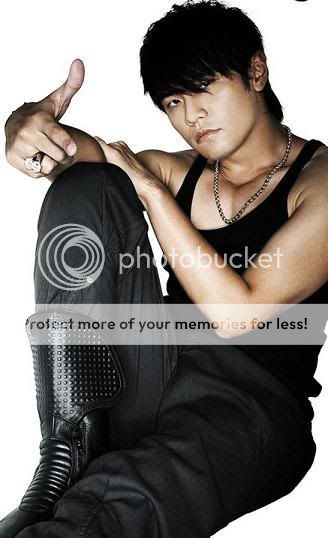
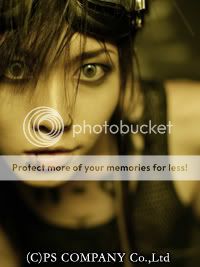


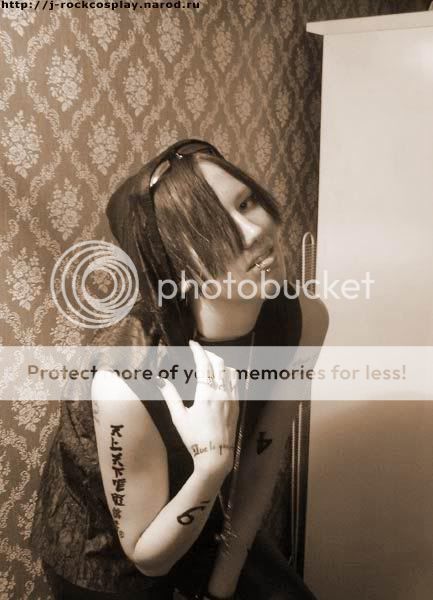

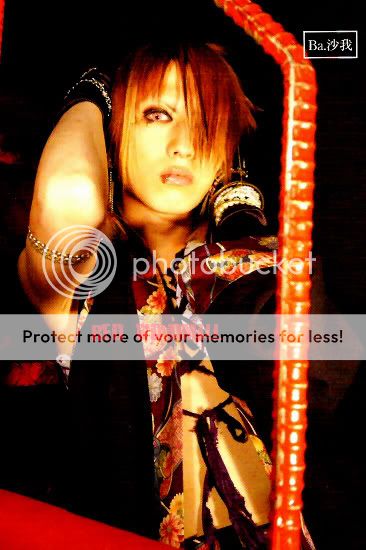

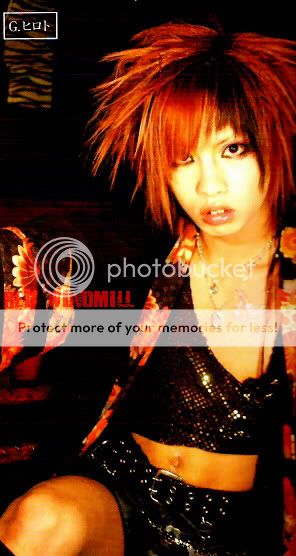
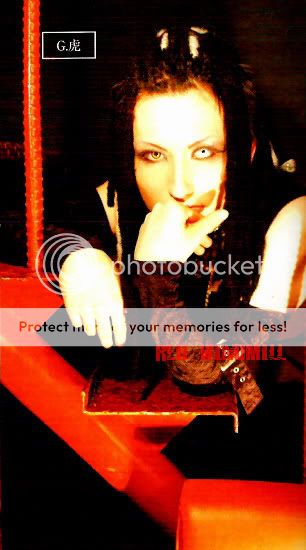
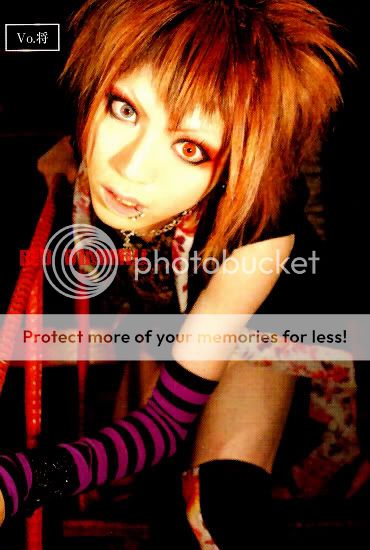

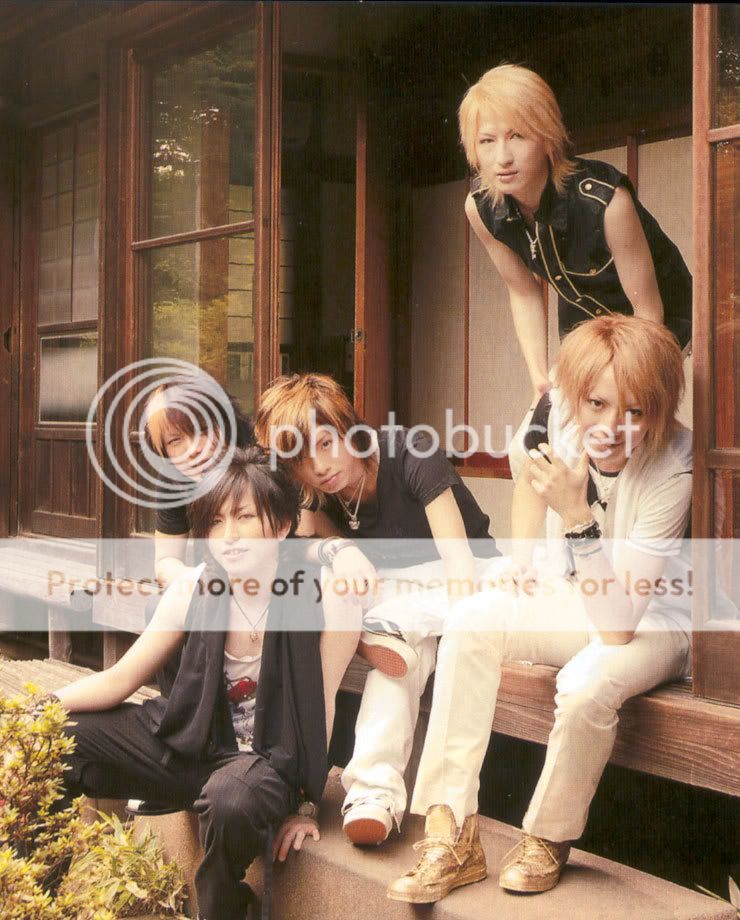
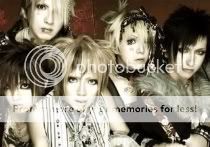

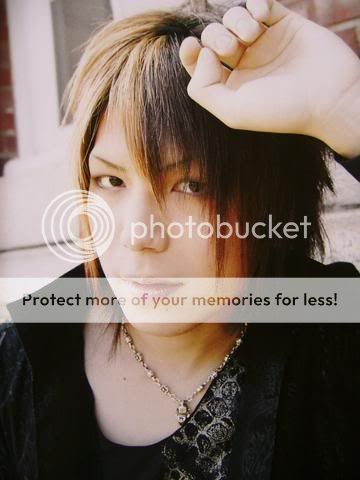
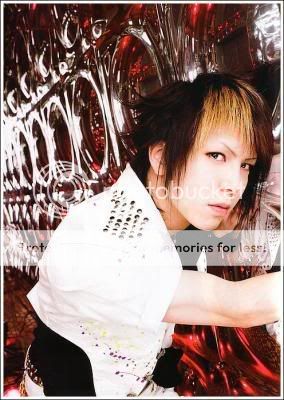
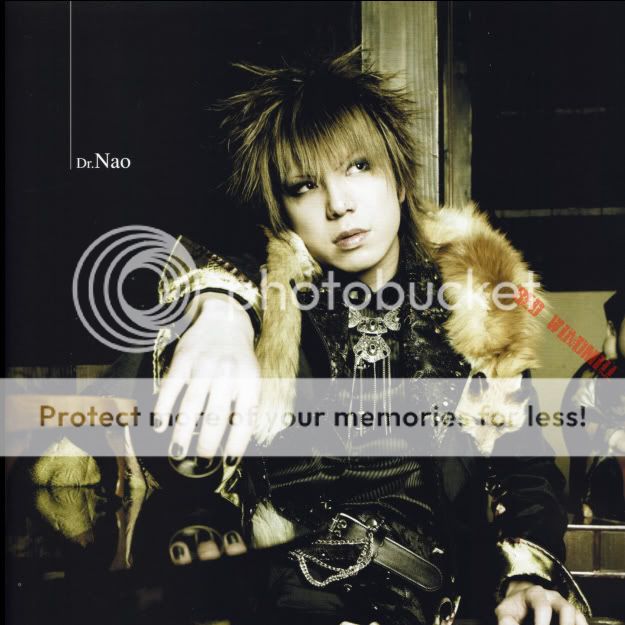
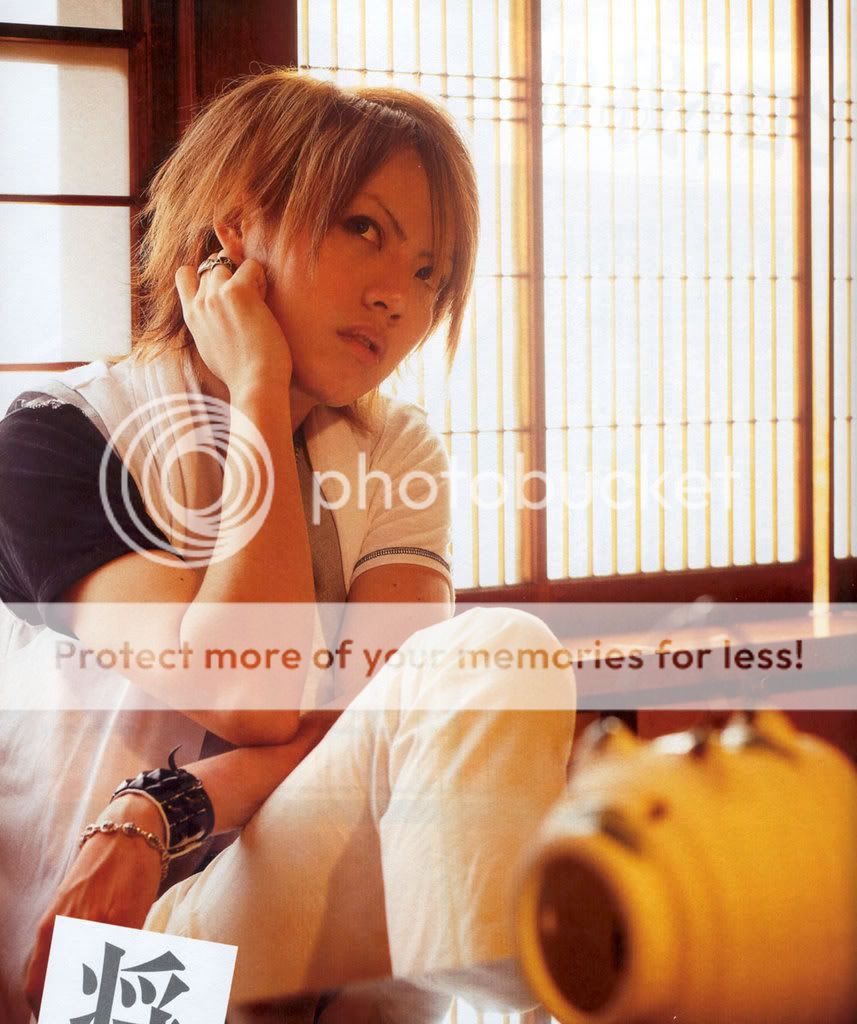
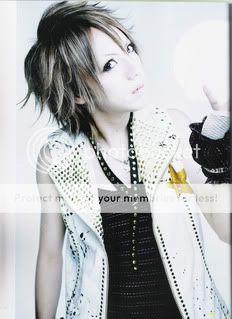
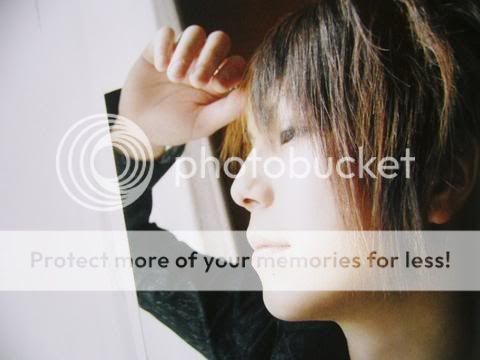

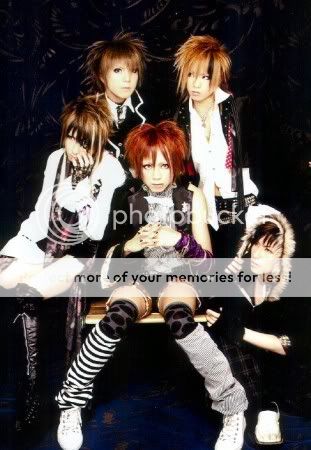
COMMENTS
-